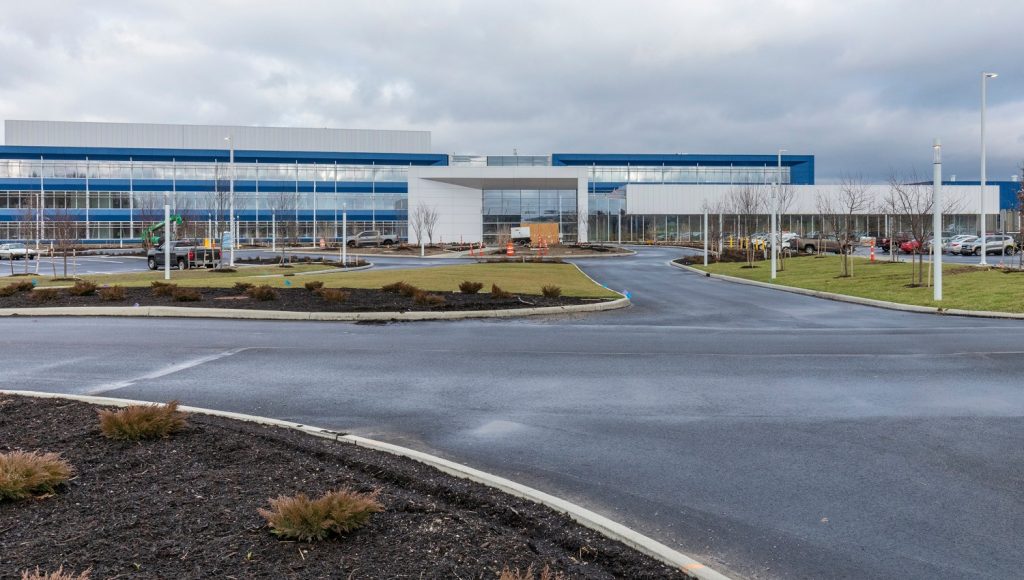By Ken Prendergast
For metropolitan areas, how they emerge from recessions is a lot like how companies emerge from bankruptcies. Did they learn anything? Are they leaner and more efficient Have they positioned themselves to grab growth opportunities from the coming economic upswing?
Unlike the last two recessions in the early 1990s and early 2000s, the answers for Greater Cleveland this time appear to be yes. Admittedly, at this early stage the data seems incomplete and, in one case, questionable. But to have early indications that are positive is better than the alternative. Greater Cleveland has had its share of the alternative. Now, the positive indications are rolling in and well-deserved.
In his Jan. 18, 2010 blog Where the Brains Are Going, researcher Richard Florida, author of The Creative Class and founder of the Creative Class Group, noted a recent report by the Brookings Institution. It reported that the loss of bright, young people from Rust Belt cities like Cleveland, Pittsburgh, Buffalo and Milwaukee has slowed and is, in some cases, reversing. See:
During the Great Recession of 2007-09, which Florida dubs “The Great Reset,” many young people undoubtedly returned home to seek parental refuge from the economic storm. But that ignores the impressive efforts made by Rust Belt cities to redesign themselves to enhance networking opportunities, build human-scale communities, attract entrepreneurs and boost the number of jobs in technology and advanced manufacturing.
“One of the subtler and perhaps more important trends brought on by the Great Reset is the improved and improving performance of older Rust Belt metros from Pittsburgh, Cleveland, and Buffalo to Milwaukee and St. Louis, which appear to have turned the tide in terms of their ability to attract and retain young adults and college grads,” Florida wrote.
“Certainly the housing crisis and the ongoing economic transformation has played a role, but it also suggests that the longer-run efforts that these communities have been making to transform their economies, as well their more recent strategies to upgrade their quality-of-place and in general improve their ability to compete for young talent may well be paying off. And that is very good news,” Florida added.
In short, Greater Cleveland has come out of the recession better prepared for growth, so notes Chris Thompson, director of Funder and Regional Engagement at the Fund for Our Economic Future.
This recovery seems driven more by manufacturing than consumer consumption, and that is good news for Northeast Ohio, Thompson said in an interview last week with NEOtrans. The questions are will the manufacturing driven recovery continue to build and will Northeast Ohio companies continue to prosper in it. We are hopeful that it will, but it is still very early in the game. Two keys will be whether we continue to make strides in innovation and whether our companies improve their ability to export products to growing global markets.
He cautioned that it’s important not to read too much into short-term economic statistics, be they encouraging or discouraging.
“However, based on numerous economic reports and anecdotal evidence it is evident that in the early stages of a relatively weak economic recovery, Northeast Ohio is doing better than it performed during the recoveries that followed the last few recessions. Indeed, one could argue that the economic recoveries experienced by the rest of the nation after the last few downturns barely happened here,” Thompson said.
Some reports, including those from the Bureau of Labor Statistics, show that Greater Cleveland has seen the second-largest number of new jobs among U.S. metropolitan areas (trailing Indianapolis). Even job listings Web site Monster.com ranked Cleveland as the nation’s seventh-hottest job market based on the number of available jobs (see: http://www.businesswire.com/news/home/20110121005180/en/War-Talent-Monster-Identifies-Hottest-Markets-Job). The reason? Health care and information technology were among the jobs in greatest demand nationwide ? a hot market in which Greater Cleveland has positioned itself before the recession.
One problem with recent data comes from the U.S. Bureau of Labor Statistics monthly reports, called the Current Employment Statistics. The BLS has been using a flawed model since 2008 to track the destruction or creation of jobs, says Cleveland-based economic research analyst George Zeller.
“With the release of last month’s December figures, BLS threw in the towel,” Zeller said in an interview with NEOtrans. “They announced that they are going to abandon the failed birth-death model of firms that has failed catastrophically for two years in a row. Instead, the annual February revisions will now become quarterly revisions, starting in April. They think, and I agree with them, that this will make the job figures more accurate and more timely.”
At that time, those of us who watch Greater Cleveland’s economic performance should have much better data on how the region is performing compared to its emergence, or lack thereof, from past recessions. And we should be able to more accurately measure our region against the economic recoveries in other regions. But the early returns are much more positive than from the previous two recessions. May Greater Cleveland’s hard work and good news continue.
END




Ken,
Thanks for a bit of good news. As your blog states, we shouldn't even begin to rest comfortably, but a little bit of good news along the way is helpful for the spirits.
Allen
Thank heavens! A Glimmer of hope admist all the tragedy, gloom and doom of the past few weeks. Hooray for C-town the comeback city. Keep it up. Now all we have to do it to get some creative and forward-looking folks – rather than nay-sayers – in Columbus. Let us pray!
eToro is the ultimate forex broker for new and pro traders.